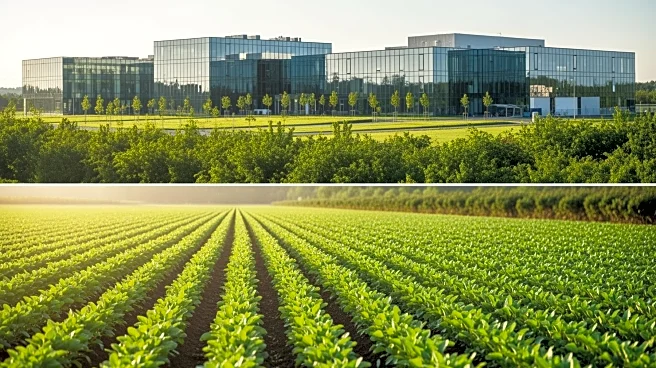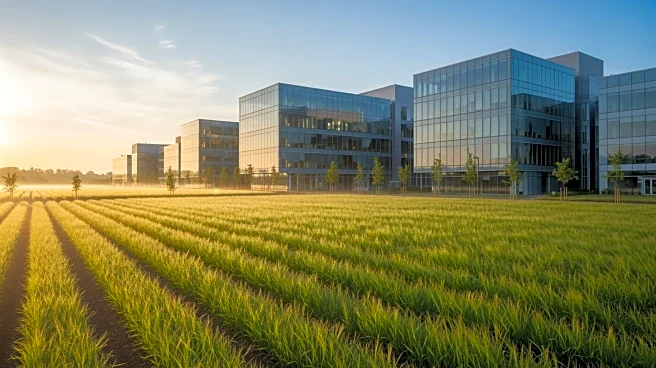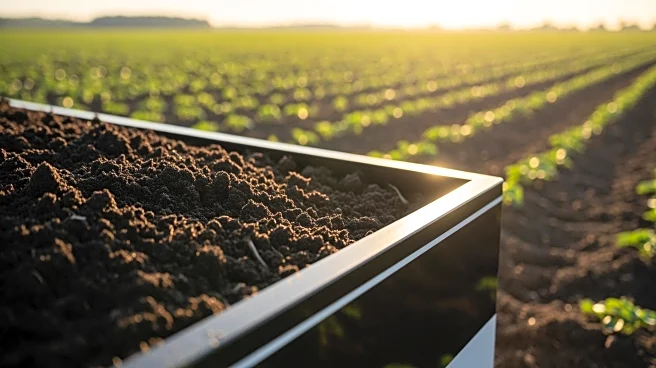What's Happening?
Ag biologicals are increasingly recognized as essential tools for advancing sustainable agriculture, offering benefits such as improved soil health, optimized nutrient efficiency, and reduced chemical
dependence. Despite these advantages, the challenge remains in translating these environmental benefits into a clear business case for growers. The regenerative agriculture movement, which emphasizes practices like minimal soil disturbance and increased organic inputs, is gaining momentum as a climate adaptation and mitigation strategy. This movement is synergistic with ag biologicals, as practices that increase soil organic matter also enhance the effectiveness of biological inputs. However, funding for agtech and foodtech has fallen, making it difficult for ag biological ventures to attract growth capital.
Why It's Important?
The integration of ag biologicals with regenerative agriculture practices presents a significant opportunity to transform the agricultural sector into a more sustainable and economically viable model. By compensating farmers for ecosystem services such as carbon sequestration and greenhouse gas emission reductions, new revenue streams can be created. This approach not only lowers long-term production costs but also opens premium opportunities for brands that effectively communicate the regenerative story. As the market for ag biologicals expands, these sustainability frameworks and incentives are expected to become more structured, rewarding farmers for the ecosystem value they create.
What's Next?
The agricultural sector is poised to move towards a model that is both economically viable and ecologically restorative. As ag biologicals continue to expand, the sustainability frameworks and incentives behind them are likely to become more common and better structured. This will ensure that farmers implementing regenerative practices are rewarded not just for their yield, but for the ecosystem value they create. The potential for soil-based carbon credits generated through ag biologicals offers an alternative to forestry offsets, making these models more accessible and scalable for farmers.
Beyond the Headlines
The use of ag biologicals delivers measurable ecosystem services such as improved soil health, enhanced water retention, and increased biodiversity, particularly through the reduction of synthetic chemical use. These co-benefits could eventually become tradable environmental assets, attracting impact investors and filling the capital gap left by traditional venture capital. By linking environmental performance to investable outcomes, the sector could unlock new forms of finance aligned with regenerative agriculture goals.











